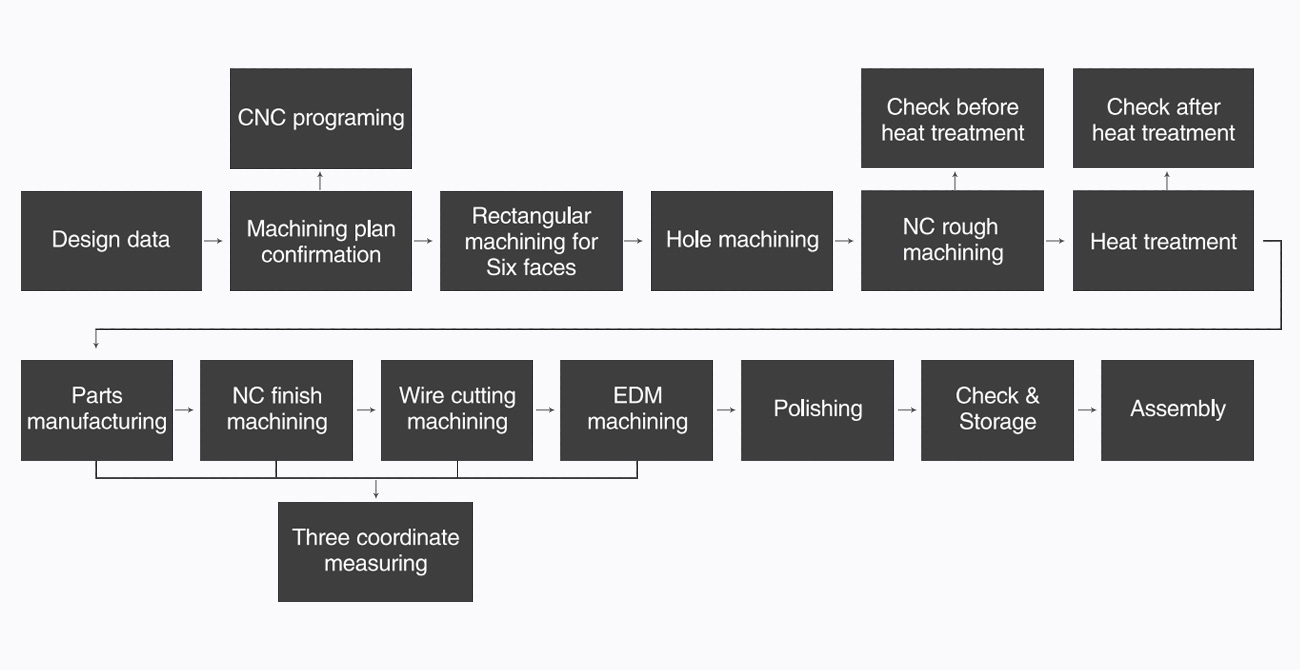Introduce of Automotive Clutch Housing Die Casting Mould
An automotive clutch housing die casting mold is a specialized tool used in the manufacturing process of automotive clutch housings. It is designed to shape and form molten metal into a specific configuration required for the production of clutch housings. The mold is typically made from high-grade steel and is precision-engineered to ensure that the final product meets the desired specifications.
During the casting process, molten metal is poured into the mold cavity, which has the shape of the clutch housing. The mold is then cooled, which solidifies the metal, allowing it to take on the shape of the mold cavity. Once the metal has solidified, the mold is opened, and the casting is removed from the mold.
The automotive clutch housing die casting mold is an essential tool for manufacturing clutch housings because it enables the mass production of highly accurate and consistent components. This helps to ensure that the clutch housings meet the required standards for performance, reliability, and safety. The use of die casting also results in a more cost-effective manufacturing process, as it eliminates the need for expensive machining and finishing processes.
Advantage of Automotive Clutch Housing Die Casting Mould
One of the advantages of using an automotive clutch housing die casting mould is the ability to produce complex shapes with high precision and consistency. The die casting process allows for the creation of intricate and detailed designs that would be difficult to achieve using other manufacturing methods.
Another advantage of die casting is the ability to produce large quantities of parts quickly and efficiently. This can be particularly beneficial in the automotive industry, where high production volumes are often required.
Additionally, die casting can result in parts that are strong and durable, with excellent surface finish and dimensional accuracy. This can lead to improved performance, reliability, and longevity of the automotive components produced.
Furthermore, die casting is a highly automated process that requires minimal manual labor, which can result in reduced production costs and increased efficiency.
Overall, the use of an automotive clutch housing die casting mould can offer numerous benefits for manufacturers, including improved design flexibility, faster production times, and cost savings.
Application field of Automotive Clutch Housing Die Casting Mould
The automotive clutch housing die casting mould is used in the manufacturing process of automotive clutch housings, which are an essential component of a vehicle's transmission system. The mould is used to cast the clutch housing using molten metal, typically aluminum or magnesium alloys, into the desired shape.
The application field of the automotive clutch housing die casting mould is therefore in the automotive industry, specifically in the production of vehicles with manual transmissions. The clutch housing is a critical part of the transmission system that connects the engine to the gearbox and allows the driver to engage or disengage the engine from the drivetrain when changing gears.
Die casting is a popular manufacturing process for automotive parts because it is efficient, cost-effective, and produces high-quality, durable parts. The use of a die casting mould for clutch housings ensures that the parts are consistently produced to the same specifications, with minimal variation or defects.
Overall, the application field of the automotive clutch housing die casting mould is in the production of high-quality clutch housing components for the automotive industry, contributing to the efficient and reliable operation of manual transmission vehicles.
 EN
EN 























